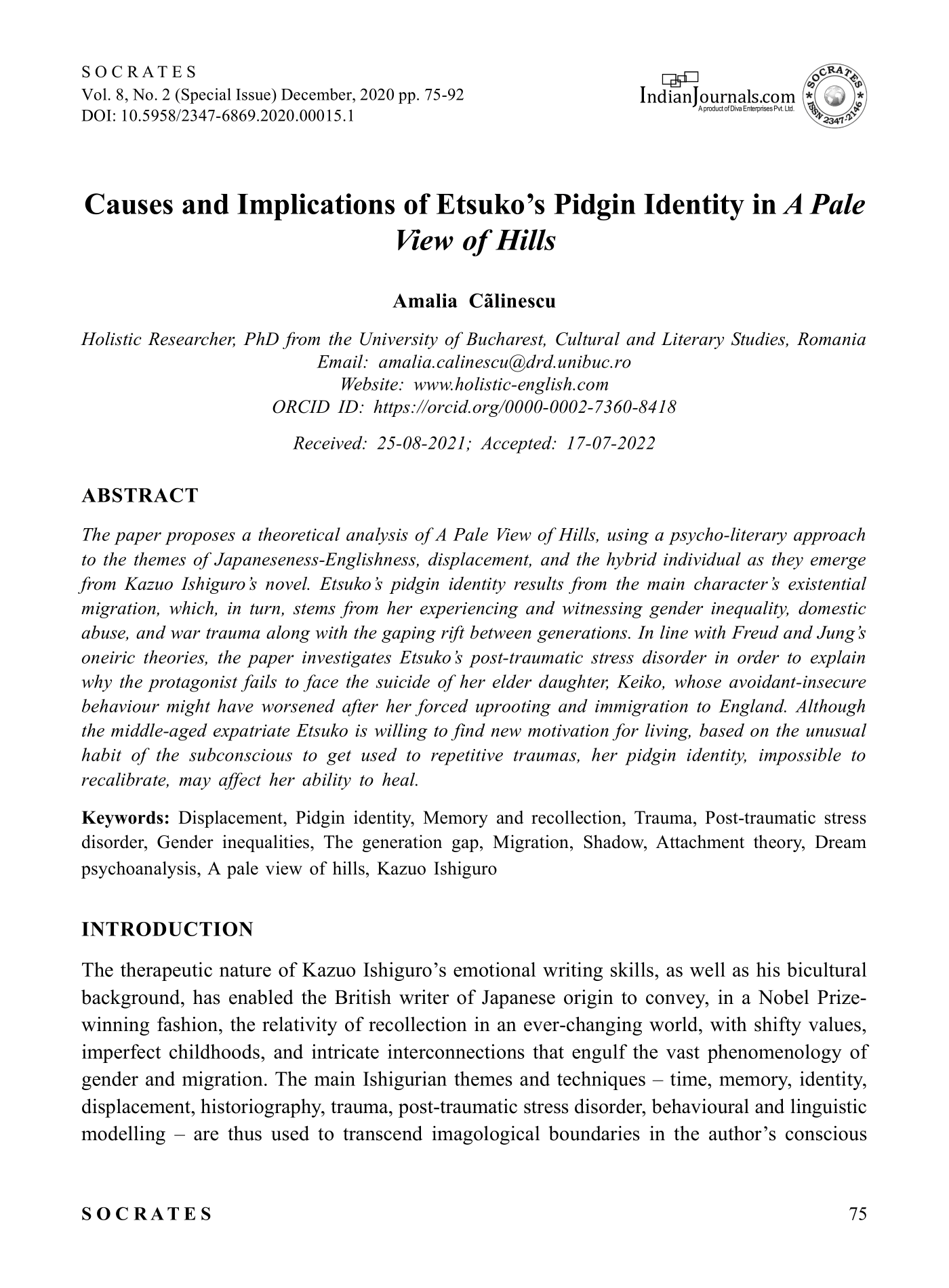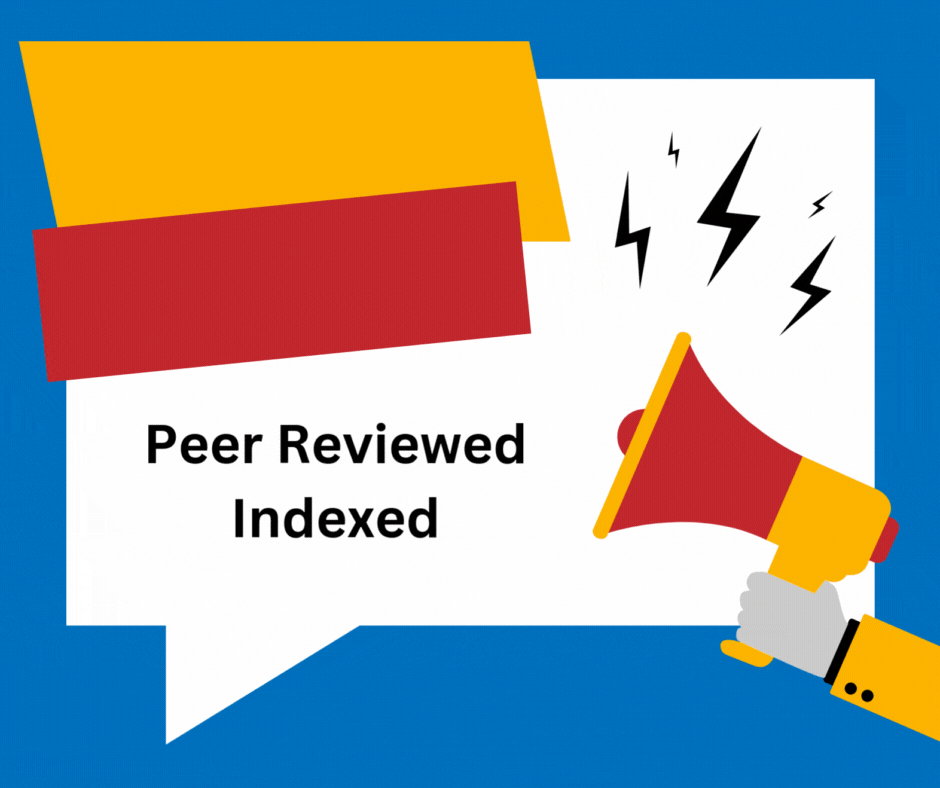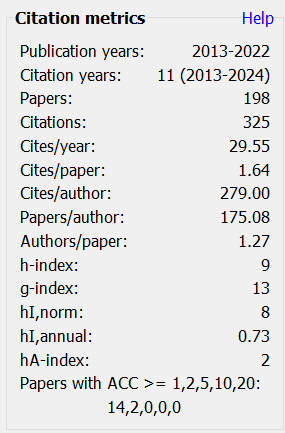Causes and Implications of Etsuko’s Pidgin Identity in A Pale View of Hills
DOI:
https://doi.org/10.5958/2347-6869.2020.00015.1Keywords:
displacement, pidgin identity, memory and recollection, trauma, post-traumatic stress disorder, gender inequalities, the generation gap, migration, Shadow, attachment theory, dream psychoanalysis, A Pale View of Hills, Kazuo IshiguroAbstract
The paper proposes a theoretical analysis of A Pale View of Hills, using a psycho-literary approach to the themes of Japaneseness-Englishness, displacement, and the hybrid individual as they emerge from Kazuo Ishiguro’s novel. Etsuko’s pidgin identity results from the main character’s existential migration, which, in turn, stems from her experiencing and witnessing gender inequality, domestic abuse, and war trauma along with the gaping rift between generations. In line with Freud and Jung’s oneiric theories, the paper investigates Etsuko’s post-traumatic stress disorder in order to explain why the protagonist fails to face the suicide of her elder daughter, Keiko, whose avoidant-insecure behaviour might have worsened after her forced uprooting and immigration to England. Although the middle-aged expatriate Etsuko is willing to find new motivation for living, based on the unusual habit of the subconscious to get used to repetitive traumas, her pidgin identity, impossible to recalibrate, may affect her ability to heal.
Downloads
Metrics
References
Bretherton, I. (1992). The origins of attachment theory: John Bowlby and Mary Ainsworth. Developmental Psychology, 28(5), 759-75.
Caruth, C. (1995). Trauma and experience: Introduction. Trauma: Exploration in Memory. Johns Hopkins University Press, 3-12.
Cassidy, J. (1999). The nature of a child’s ties. Handbook of Attachment: Theory, Research and Clinical Applications, New York: Guilford Press, 3-20.
Eckert, K. (2012). Evasion and the unsaid in Kazuo Ishiguro’s A pale view of hills. Partial Answers: Journal of Literature and the History of Ideas, 10(1), 77-92.
Freud, S. (1953). The interpretation of dreams (second part) and on dreams. London: The Hogarth Press.
Fusé, T. (1980). Suicide and culture in Japan: a study of seppuku as an institutionalised form of suicide. Soc Psychiatry, 15, 57-63.
Hayes, H. (2008). (Be)coming home: an existential perspective on migration, settlement and the meanings of home. Existential Analysis, 18(1), 2-13.
Hunnewell, S. (2008). The art of fiction: Kazuo Ishiguro. The Paris Review, 184(196). www.theparisreview.org/interviews/5829/the-art-of-fiction-no-196-kazuo-ishiguro
Hutcheon, L. (1988). A poetics of postmodernism: History, theory, fiction. New York.
Ishiguro, K. (1990). A pale view of hills. Vintage International.
Jaggi, M. (1995). A buttoned-up writer breaks loose: An interview with Kazuo Ishiguro. Guardian, 42(4).
Jung, C. G. (1933). The meaning of psychology for modern man. Collected Works of C.G. Jung, 10, Princeton, N.J.: Princeton University Press.
Jung, C. G. (1938). Psychology and religion: West and east. Collected Works of C. G. Jung, 11, Princeton, N.J.: Princeton University Press.
Jung, C. G. (1969). Aion: Researches into the phenomenology of the self. Collected Works of C. G. Jung, 9(2), Princeton, N.J.: Princeton University Press.
Madison, G. (2006). Existential migration. Existential Analysis, 17(2), 238.
Main, M., & Solomon, J. (1986). Discovery of a new, insecure-disorganized/disoriented attachment pattern. Affective Development in Infancy, Norwood, NJ: Ablex, 95-124.
Mason, G. (1989). An interview with Kazuo Ishiguro. Contemporary Literature, 30(3).
Matthews, S., & Groes, S. (2010). Kazuo Ishiguro: contemporary critical perspectives. Bloomsbury Publishing.
Mehta, J. (2017). ‘She was Japanese and she had hung herself in her room’: Theorizing Kazuo Ishiguro’s A pale view of hills. Journal of Intercultural Inquiry, 3(1), 28-46.
Molino, M. R. (2012). Traumatic memory and narrative isolation in Ishiguro’s A pale view of hills. Critique, 53, 322-336.
Murphy, J. (2011). The power of your subconscious mind. Martino Publishing.
Ravenstein, E. G. (1885). The laws of migration. Journal of the Royal Statistical Society, 48, 167-227.
Rogers, N. (2004). The representation of trauma in narrative: A study of six late twentieth century novels. Diss., University of Warwick.
Schwarm, B. Madama Butterfly. Britannica. www.britannica.com/topic/Madama-Butterfly
Shaffer, B. W. (1998). Understanding Kazuo Ishiguro. Columbia, SC: University of South Carolina Press.
Solzhenitsyn, A. (1974). The Gulag archipelago. Harper & Row.
Stevenson, R. L. (1997). Dr Jekyll and Mr. Hyde. Wordsworth Editions.
Swift, G. (1989). Kazuo Ishiguro. Bomb, 29, 22-23.
Whitehead, A. (2004). Trauma fiction. Edinburgh: Edinburgh University Press.

Downloads
Published
How to Cite
Issue
Section
Categories
License
Copyright (c) 2022 Amalia C?linescu (Author)

This work is licensed under a Creative Commons Attribution-NonCommercial 4.0 International License.
Revised Copyright/CC license that applies to all the articles published after 05-02-2017
Attribution-NonCommercial 4.0 International (CC BY-NC 4.0)

Copyright/CC license that applies to all the articles published before 05-02-2017
Attribution-Non Commercial-No Derivatives 4.0 International (CC BY-NC-ND 4.0)

Author(s) will retain all the right except commercial and re-publishing rights. In the case of re-publishing, they will have to obtain written permission from the journal. Additional licensing agreements (Creative Commons licenses) grants rights to readers to copy, distribute, display and perform the work as long as you give the original author(s) credit, they can not use the works for commercial purposes and are not allowed to alter, transform, or build upon the work. For any reuse or distribution, readers and users must make clear to others the license terms of this work. Any of these conditions can be waived if you get permission from the copyright holders. Nothing in this license impairs or restricts the authors’ rights. To view a copy of this license, visit http://creativecommons.org/licenses/by-nc-nd/4.0/ or send a letter to Creative Commons, 171 Second Street, Suite 300, San Francisco, California, 94105, USA.
Research Papers published in SOCRATES are licensed under an Attribution-NonCommercial-NoDerivatives 4.0 International (CC BY-NC-ND 4.0)
















